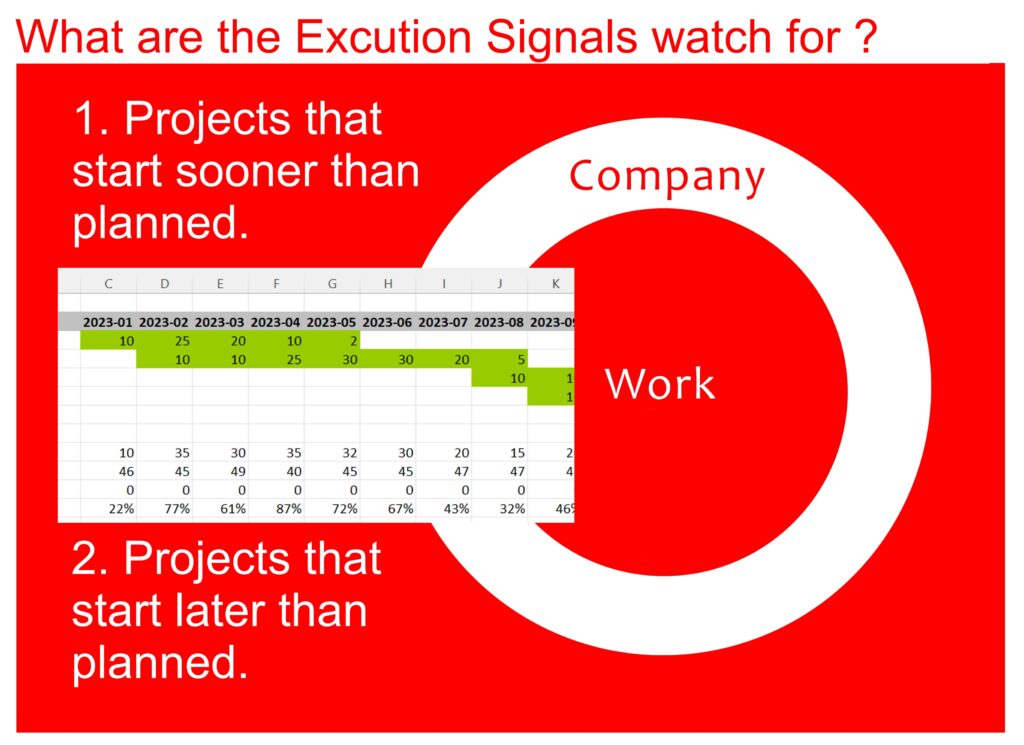
Don Reinertsen on the usefulness of these two signals. Essential Flow give simple, easy to understand signals.
- “Let’s look at an example. A very experienced manager once told me that he paid more attention to task start times than task completion times. What was his logic? He said that in his organization, there was a very high correlation between having the correct person start a task on time and completing this task on time.3 There was also a very high correlation between a task starting late, or with the wrong resources, and that task finishing late. He exploited this correlation by using task start times as a reliable leading indicator of task completion times. In this case, the manager explained that if he focused on task completion times, the task would already be late by the time he tried to control it. By then, his intervention would be very inefficient.”
- Reinertsen, Donald G. The Principles of Product Development Flow: Second Generation Lean Product Development (pp. 215-216). Celeritas Publishing. Kindle Edition.
This, of course, raises the question of just who will be watching for these signals. Implementing Essential Flow will require appointing a “pipeline manager” who has the responsibility (and the resources) to make sure projects get entered into the pipeline and then to monitor their progress. They will need the authority to direct help to projects that give signals that they are in difficulty.